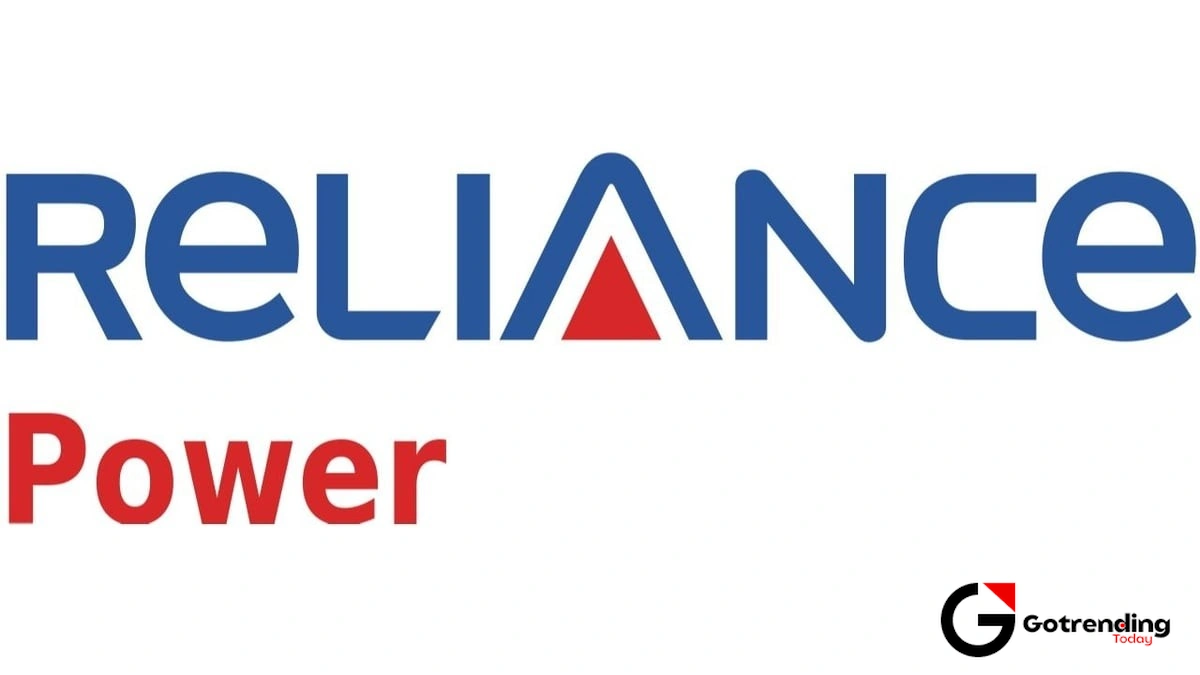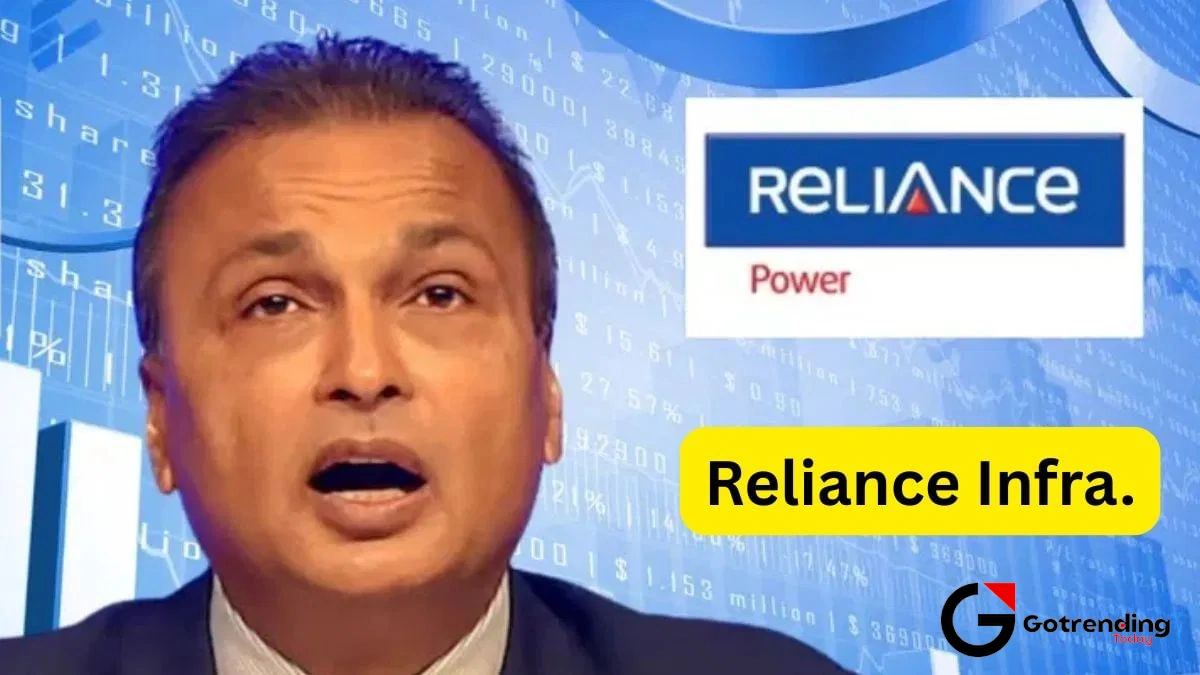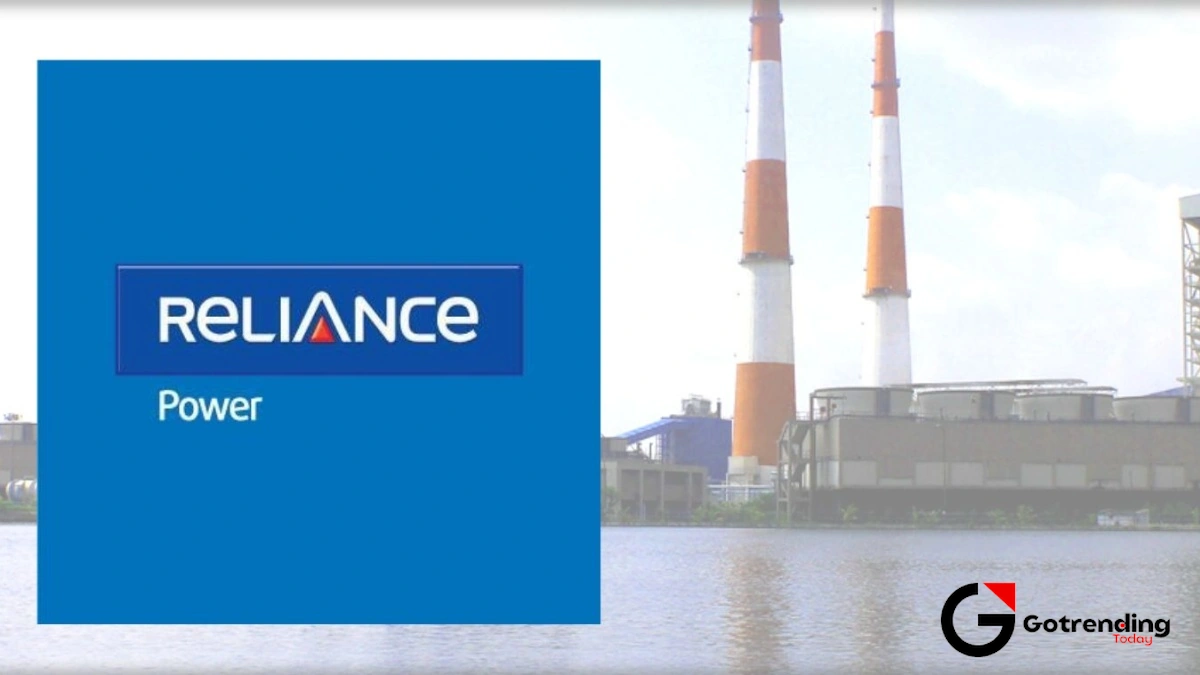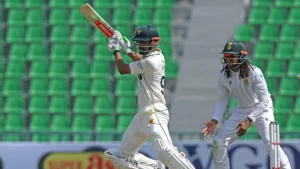The Phoenix or the Mirage? Decoding the Real Story Behind Reliance Power’s Comeback
Let’s have a chat. Pull up a chair. Because we need to talk about one of the biggest ghosts of the Indian stock market: Reliance Power .
If you were around in 2008, you don’t just know the name; you feel it. It was more than a company; it was a phenomenon. A promise of unprecedented wealth, led by Anil Ambani, that culminated in the biggest IPO in Indian history. And then… it became a cautionary tale. A story whispered among investors about hype, hubris, and wealth destruction on a scale that was hard to comprehend.
For over a decade, Reliance Power was, for many, a symbol of a broken promise, a penny stock haunting their demat accounts. But lately, something has shifted. The ghost is stirring. The stock has been buzzing, news is swirling, and the words “debt-free” are being thrown around.
So, what’s really going on? Is this the beginning of a legendary comeback story a phoenix rising from the ashes? Or is it just a mirage in the desert, shimmering with false hope? Let’s be honest, the big question on everyone’s mind is, “Is this time different?”
Let’s break it down, cut through the noise, and figure out what the latest Reliance Power news actually means for you.
A Quick Trip Down Memory Lane | The IPO That Broke a Million Hearts

To understand where we are, we have to remember how we got here. Picture the scene: it’s January 2008. The Indian economy is booming. The stock market is on a tear. And Anil Ambani, then a billionaire tycoon, announces the IPO of Reliance Power. The hype was electric, almost biblical. It was oversubscribed 73 times. Retail investors, lured by the Reliance name and a dream of quick riches, scrambled to get a piece of the pie. The listing was supposed to be a coronation.
It was a bloodbath.
The stock listed and then immediately tanked, wiping out billions in investor wealth within minutes. It never recovered. What followed was a long, painful, 15-year decline, a journey from a market darling to a penny stock. The company got buried under mountains of debt, projects stalled, and the grand vision crumbled. This history is important. It’s the baggage that Reliance Power carries, and it’s why any good news is met with a healthy dose of skepticism.
This isn’t just a financial chart; it’s a story of real people who lost real money. And that memory is a powerful one.
So, What Just Happened? The “Debt-Free” Buzz Explained

Fast forward to today. The headline that’s got everyone talking is that Reliance Power is now a debt-free company. On the surface, this sounds like a miracle. A company that was drowning in liabilities is now clean. But here’s where we need to put on our analyst hats.
The key phrase here is “on a standalone basis.”
Let me rephrase that for clarity. When a company reports its financials, “standalone” refers to the performance of the parent company only, without including its subsidiaries. “Consolidated,” on the other hand, includes the financials of the parent and all its subsidiaries. Reliance Power has cleared the debt from its own books, which is a significant achievement. They managed this by selling assets and settling dues with banks. For instance, the sale of its 1,200 MW Kalai II hydroelectric project in Arunachal Pradesh and a stake in a project in Maharashtra helped clear the decks. This is genuinely good news. It shows a management focused on cleaning up the balance sheet.
But and this is a big but it doesn’t mean the entire Reliance Power group, with all its associated companies and special-purpose vehicles, is completely free of liabilities. It’s like cleaning your own room perfectly while the rest of the house still has some clutter. The room looks great, and it’s a fantastic start, but you still have to deal with the rest of the house. So, while we can be optimistic about the standalone Reliance Power debt free status, we have to be realistic. This is step one of a marathon, not the finish line.
The Anil Ambani Factor and the Future of Reliance Power
You can’t separate the company from its promoter, Anil Ambani . His story is intrinsically linked to that of Reliance Power. The grand vision, the aggressive bidding for projects, the debt-fueled expansion it was all part of a larger-than-life strategy that ultimately proved unsustainable for many of his group companies.
The critical question now is whether the strategy has fundamentally changed. Is the focus now on lean, efficient, and profitable operations rather than scale at any cost? The move to become debt-free suggests a shift towards financial discipline, which is a massive positive. The market loves a clean balance sheet. It’s like seeing a friend who has finally cleared their credit card debt; you feel a sense of relief for them. A similar story of disciplined management and focus on profitability can be seen in the journey of other large caps, which you can read about in this IndusInd Bank share analysis.
However, the past casts a long shadow. The track record of execution will be under intense scrutiny. Investors aren’t just looking for a clean slate; they’re looking for proof that the company can now build something durable and profitable on that slate. The future of Reliance Power depends less on its history and more on its ability to generate consistent cash flow and profits from its existing assets.
The Big Picture | Where Does Reliance Power Fit in India’s Energy Future?

Okay, so the balance sheet is cleaner. But what does the company actually do , and is it relevant anymore?
Reliance Power has a portfolio of power projects based on coal, gas, and hydroelectric sources. Its flagship asset is the 3,960 MW Sasan Ultra Mega Power Project (UMPP) in Madhya Pradesh, a massive coal-fired plant. In a world increasingly pivoting to green energy, this might seem like a liability. But here’s the thing about India’s energy story: it’s complicated.
As per theMinistry of Power, India’s electricity demand is projected to skyrocket. While renewables are the future, we still need a stable, 24/7 power supply, and for the medium term, thermal power will remain a crucial part of that mix. It provides the baseload power that solar and wind currently cannot guarantee around the clock.
So, Reliance Power’s assets are far from obsolete. The Sasan plant, for example, has a long-term power purchase agreement (PPA), which provides a steady, predictable revenue stream. The challenge isn’t relevance; it’s efficiency, profitability, and future growth. Can they run these plants at peak efficiency? Can they secure fuel at competitive prices? And crucially, do they have a roadmap for the future, perhaps even a foray into renewables when the time is right?
The market is a complex beast, where companies in seemingly “old-world” sectors can still create immense value. Just look at the operational efficiency story of a company like DMart in the retail space, as detailed in this Dmart share price analysis . The principles of strong operations and profitability are universal.
The final verdict on the Reliance Power share price isn’t just about debt; it’s about its place in the larger, power-hungry Indian economy.
Frequently Asked Questions (FAQ)
What does “standalone debt-free” actually mean for Reliance Power?
It means the parent company, Reliance Power Ltd., has cleared its own debts from its books. This is a positive step but doesn’t include the debts held by its subsidiary companies. Think of it as the head office being debt-free, while some branch offices might still have loans.
Is Reliance Power a penny stock now?
Technically, a stock trading under ₹10 can be considered a penny stock. While its price has recovered from its absolute lows, it still trades in that range. However, its massive scale and operational assets differentiate it from typical speculative penny stocks.
What are the main assets of Reliance Power?
The company’s portfolio includes the 3,960 MW Sasan coal-fired plant in Madhya Pradesh, the 1,200 MW Rosa thermal power plant in Uttar Pradesh, and various hydroelectric projects in different stages of development.
What happened with the Reliance Power and Reliance Infra merger?
The plan to merge Reliance Power with Reliance Infrastructure was called off several years ago due to complexities and a challenging market environment. The companies continue to operate as separate entities.
Is Anil Ambani still in charge of Reliance Power?
Yes, Anil Ambani continues to be the Chairman of Reliance Power. His leadership and strategic direction remain a key factor for the company’s future.
What’s the difference between Reliance Power and Reliance Industries?
This is a common point of confusion. Reliance Power is part of the Anil Dhirubhai Ambani Group (ADAG) and focuses on power generation. Reliance Industries, led by Mukesh Ambani, is a separate conglomerate with interests in oil and gas, petrochemicals, retail, and telecom (Jio).
So, we come back to our original question. Is this a phoenix or a mirage? The truth, as it often is, lies somewhere in the middle. The clean-up of the standalone balance sheet is real, and it’s a testament to a long, hard-fought battle to survive. That’s the phoenix part.
The mirage is the idea that this single step guarantees a return to the glory days. The path ahead is still fraught with challenges profitability, operational efficiency, and winning back investor trust, a trust that was shattered in 2008.
Perhaps the best way to look at it is this: The story of Reliance Power is no longer just about survival. It’s about performance. The debt is gone from the main books. Now, can it deliver the profits? That’s the chapter we’re all waiting to read.












